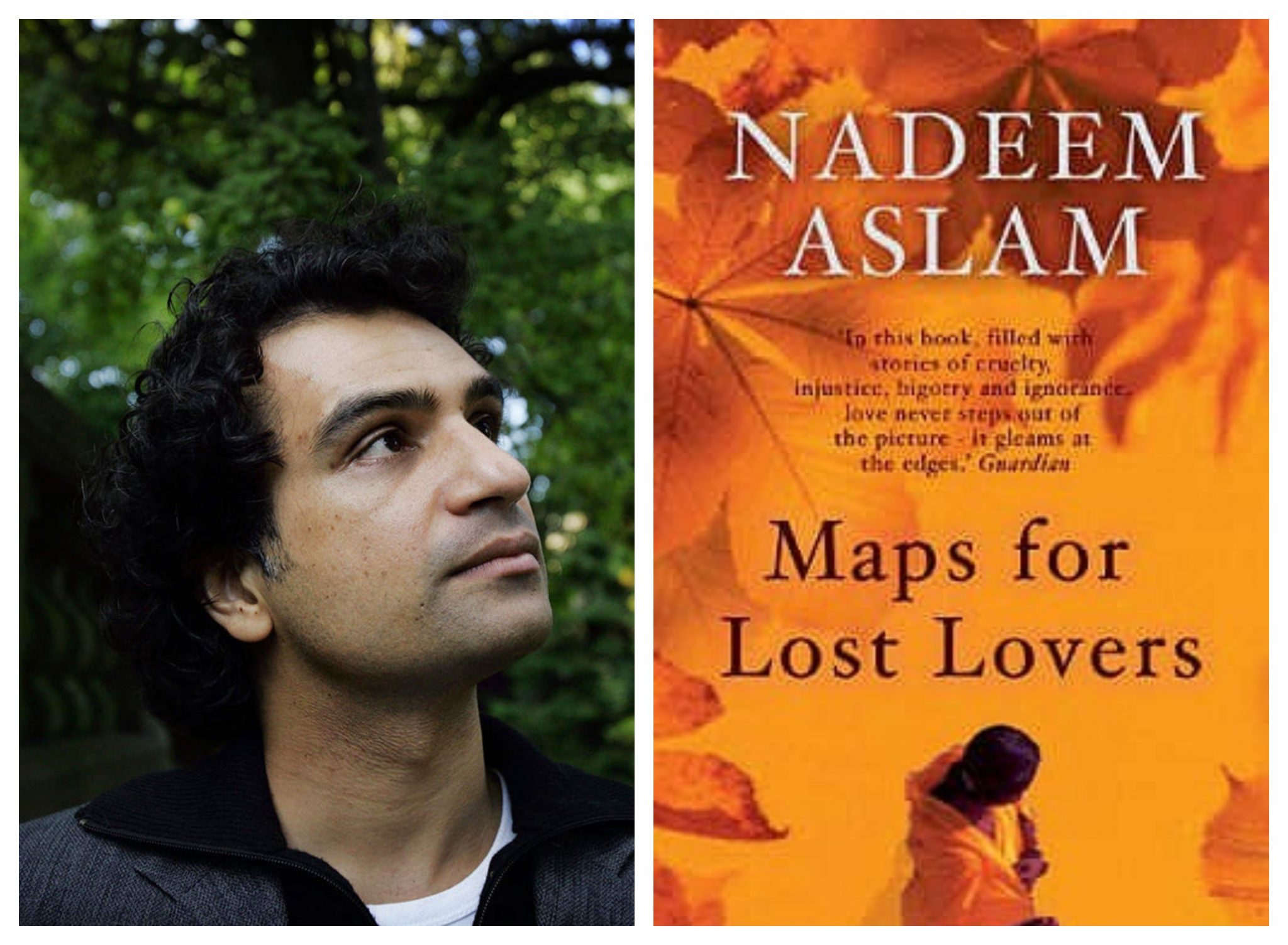

3 The paginations for all subsequent quotations from Burnt Shadows will be given directly between par (.).While Hamid uses fictional as well as holographic techniques to deconstruct and reconstruct the figure of the terrorist, Shamsie deterritorialises terror by decentering the 9/11 attacks and placing them in a broader historical perspective. Like Mohsin Hamid’s Reluctant Fundamentalist, Burnt Shadows offers an insight into Islamic terrorism, not perceived as merely a response to Islamophobia, but as a reaction to and a by-product of cultural globalisation. 2 Shamsie examines these tensions, along with the central questions of homeland and identity that have come into sharper focus in the context of 9/11 and the “War on Terror” rhetoric. 1 This process of homogenisation which arguably undermines local and minority cultures can produce acculturation (Robertson 1995), resistance – from theoretical (the “Writing Back” paradigm expounded by Spivak, Rushdie and Ashcroft amongst others) to outright military confrontation. Influenced by Gramsci, theorists like Edward Said, Immanuel Wallerstein, Noam Chomsky, Michael Hardt and Toni Negri have launched a critique against globalisation and the Americanisation of culture. The end of the Cold War has coincided with the rise of US hegemony – a combination of unilateralism and cultural imperialism (Tomlinson 1991).

2002.ġ Kamila Shamsie’s Burnt Shadows (2009) reflects the tensions and ambiguities of all diasporic fictional discourse as narratives of dislocation and relocation, erasure, deferment and nostalgia (Nelson 1992). 2 See Spivak 19, Rushdie 19, Ashcroft et al.1 See Said 1993, Wallerstein 2001, Chomsky 2003, Hardt and Negri 2001.


 0 kommentar(er)
0 kommentar(er)
